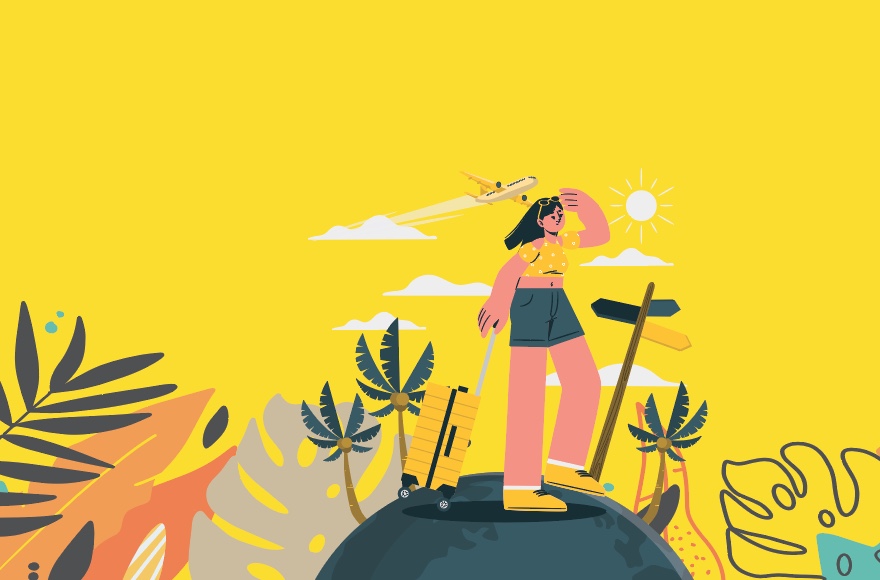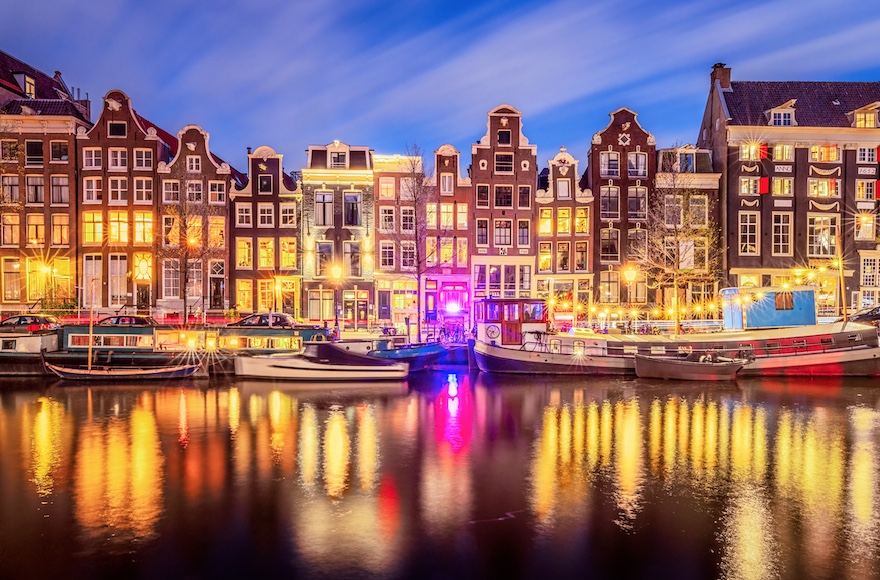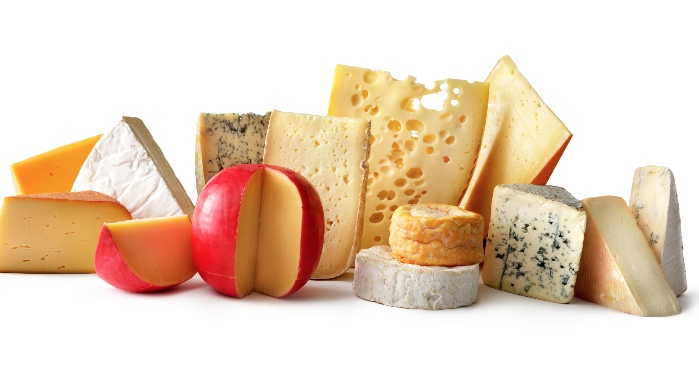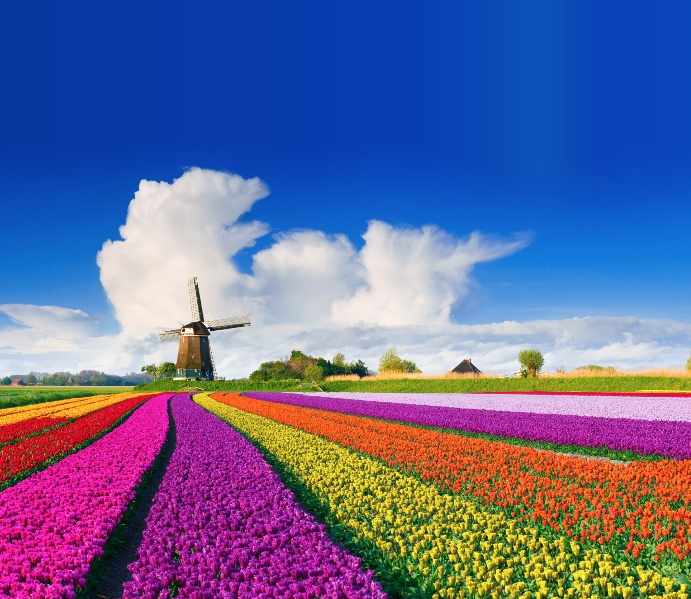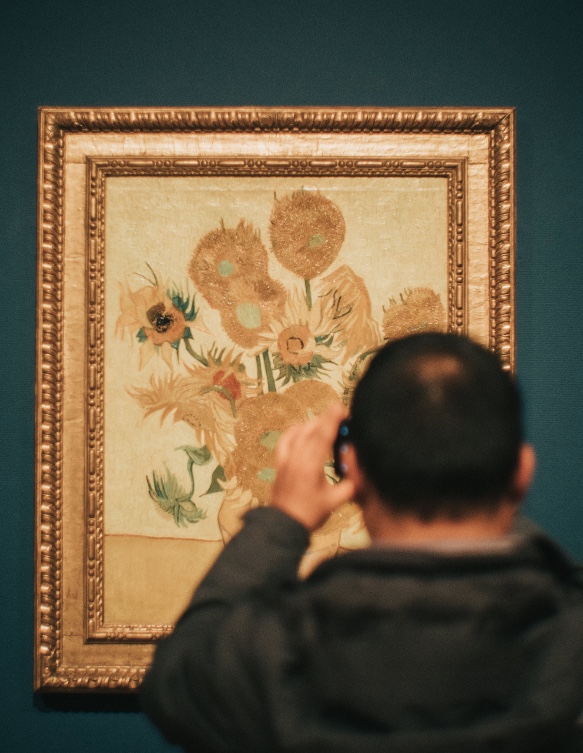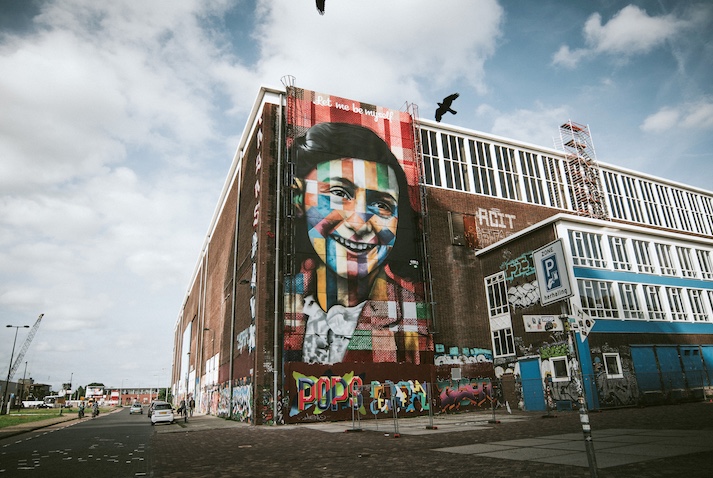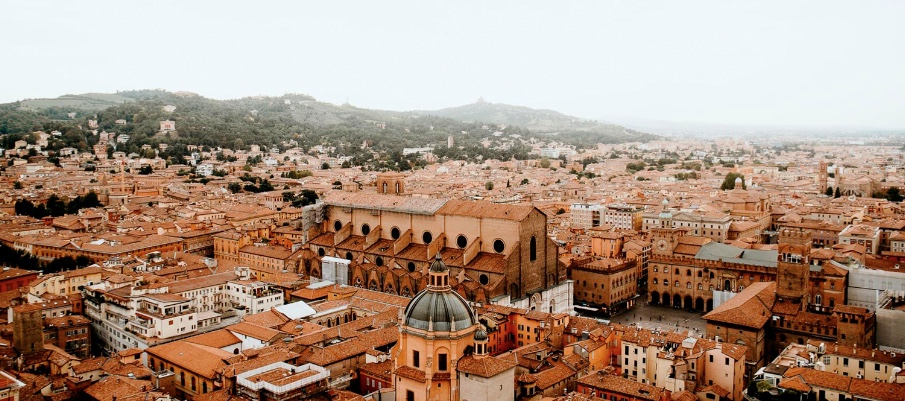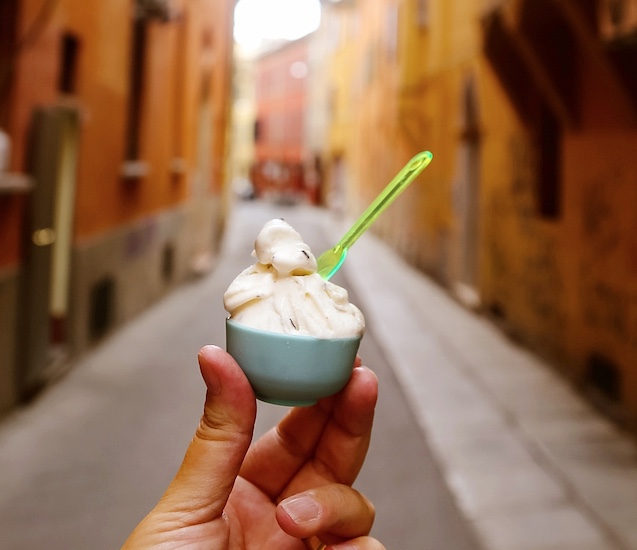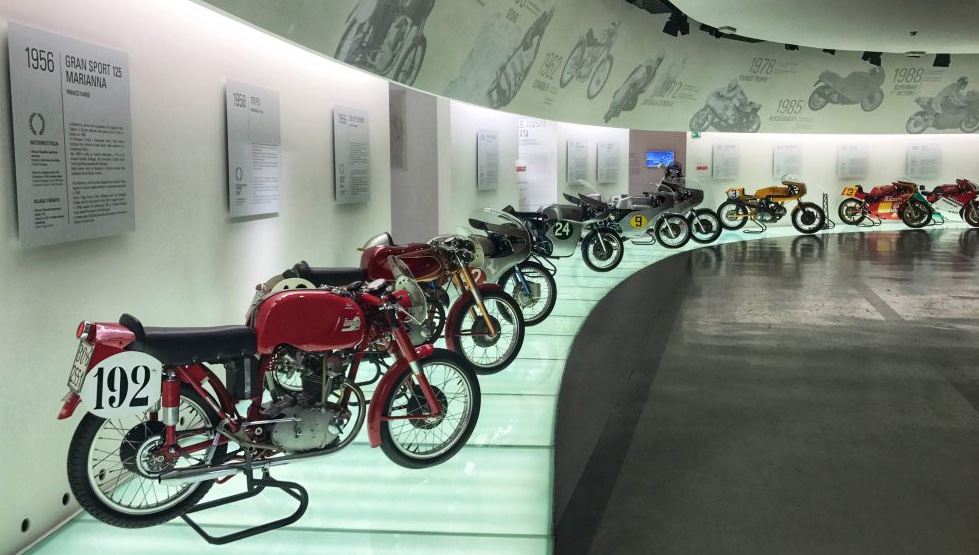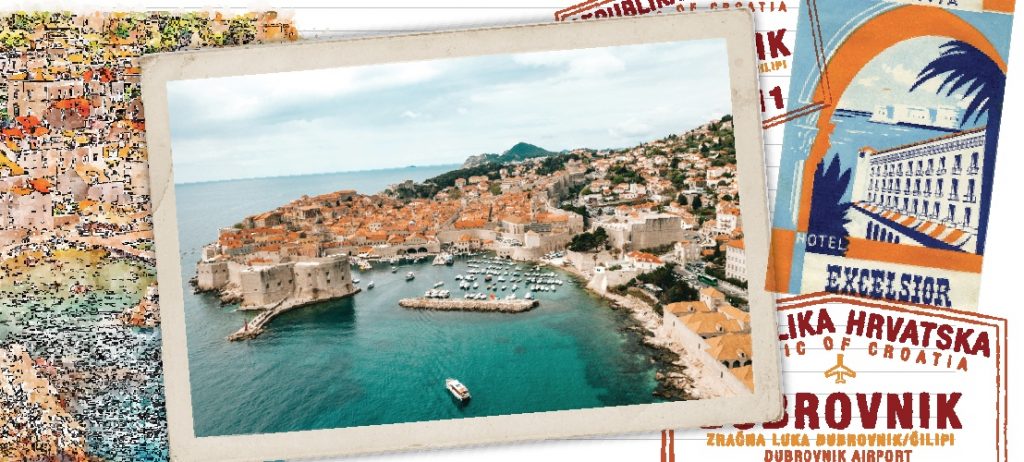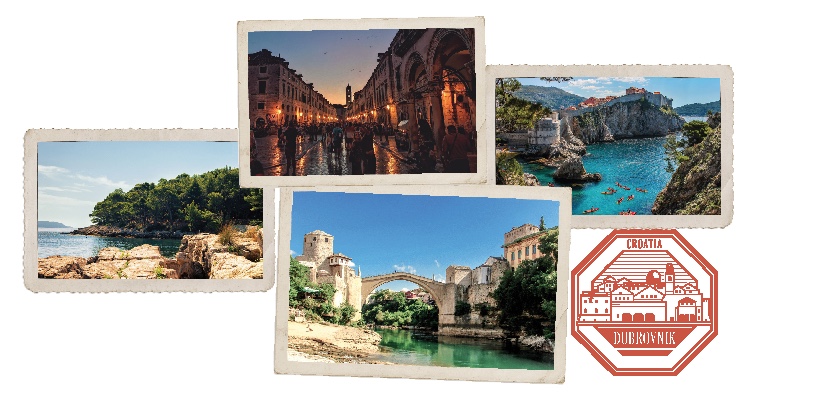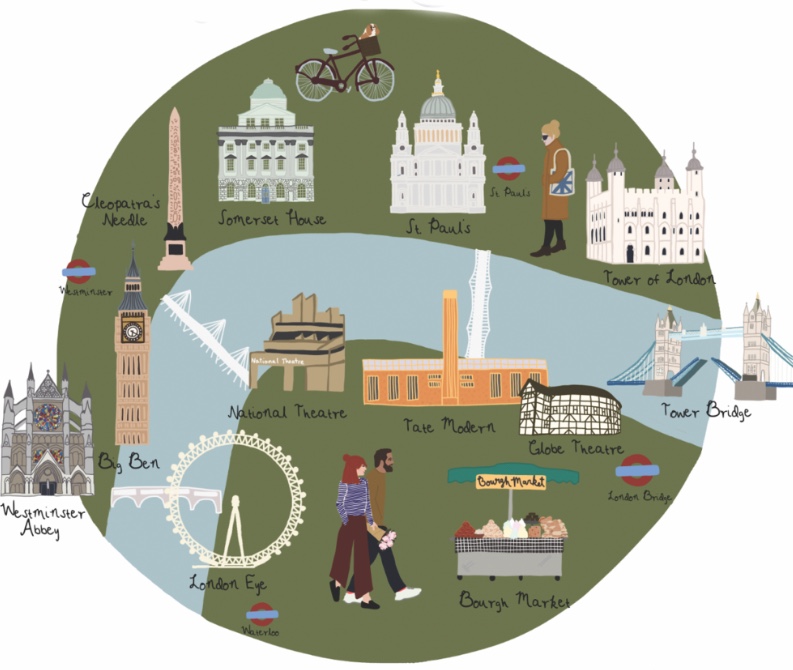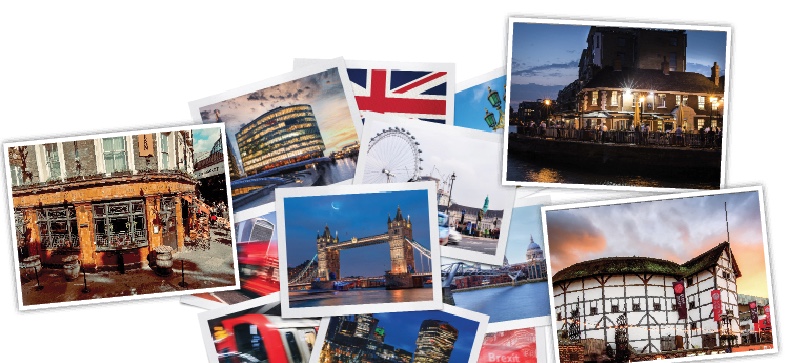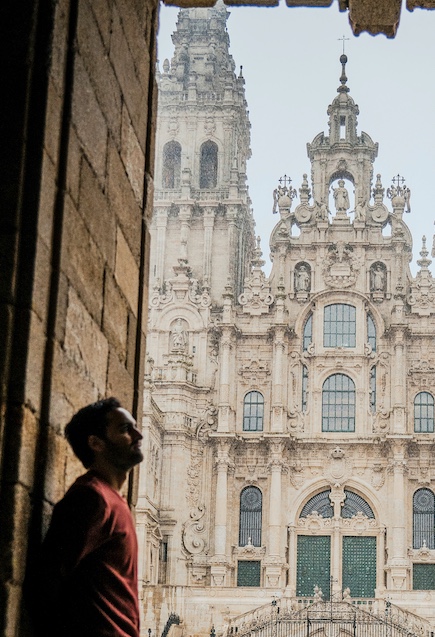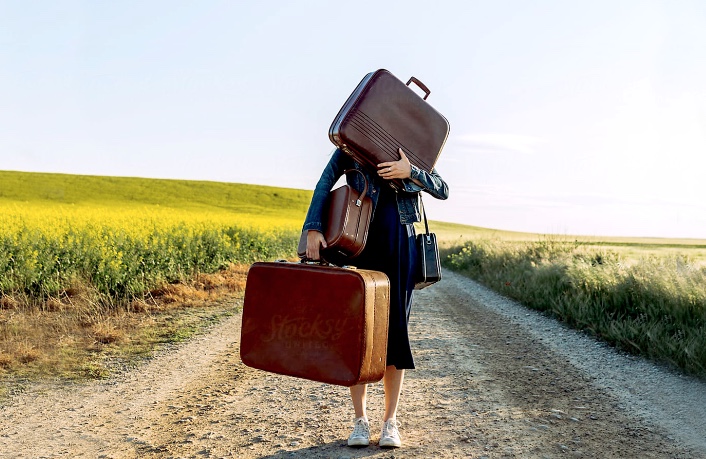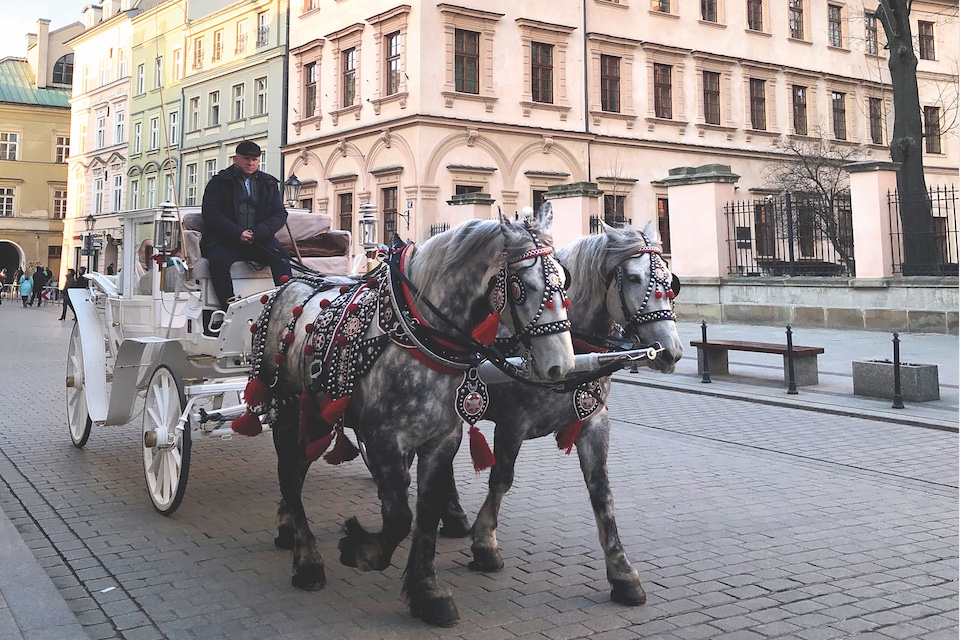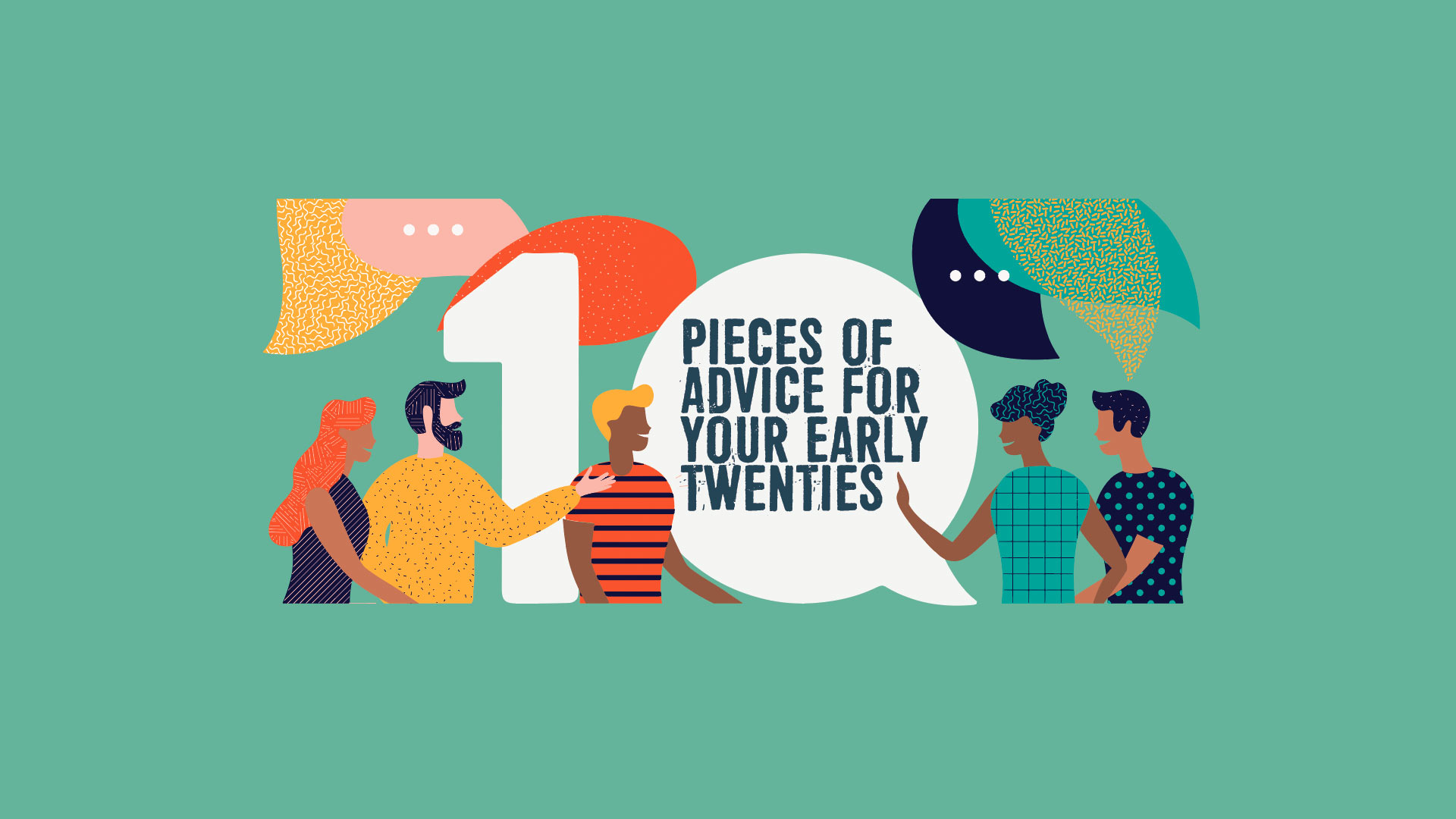Everyone loves a Summer holiday
v
Naples, Italy
Naples is great for many reasons. It’s where pizza was born, it’s cheap, and you can get to the Amalfi Coast, Pompeii and Capri easily from here. Flights from Malaga are usually less than £100 too. I recommend making Naples your base, spending 1 day here and then exploring from here. You’ll definitely want to do Pompeii and Mount Vesuvius when the weather is cooler!
In Naples I recommend visiting the Complesso Monumentale di Santa Chiara and trying local delicacies like Baba and Sfogliatelle. Baba is a sponge cake soaked in a citrus rum syrup, and Sfogliatelle is a cone shaped pastry with lots of layers, and can be found with various fillings. You can also have a Michelin star experience without the price tag at Sorbillo for arguably the best pizza in the city. Just expect a queue to get a table here. If not, head to Pizzeria Imperatore 1906 for pizza equally as tasty.
Budapest, Hungary
Budapest is beautiful throughout the whole year, but temperatures are more bearable just after the summer months. Budapest is actually made up of two parts, ‘Buda’ being the more hilly area whereas ‘Pest’ makes up two-thirds of the city and is where you will find most of the tourist attractions.
To get around I definitely recommend taking advantage of one of the Hop On, Hop Off buses. This will take you to the most famous landmarks including Heroes Square, Fisherman’s Bastion and the ‘Shoes on the Danube’ memorial. I also recommend taking a river cruise in the evening to the Parliament lit up, it’s truly beautiful. Make sure you also try a bowl of goulash stew before you leave!
Barcelona, Spain
Barcelona generally has a good climate, I remember visiting in December and being in a t-shirt when we were starting our trek up to Park Guell. Even if the weather is still hot in September, you can always cool down at Barceloneta beach. I find that every time you visit Barcelona there are new places to discover (and little progress on the Sagrada Familia). Other sites of interest are the Picasso museum, Parc de la Ciutadella and Arco de Triumfo. You can also marvel at Gaudi’s work around the city, including the Casa Battlo and Casa Mila.
If you’re travelling in a group and want to please everyone, head to El Nacional food court where you will find a selection of everything. For delicious burgers head to Pim Pom burgers. Of course if it’s some good tapas you’re after, head to Ciudad Condal. This is quite a popular spot so make sure you get here early to avoid long queues.
Dubrovnik, Croatia
Croatia is the perfect summer destination, but can be too hot for some people in July and August. We visited at the end of September and got perfect weather. Dubrovnik is quite a small city, so you can always combine this with other places in Croatia such as Split and Zagreb. You can also take day trips to the neighbouring countries of Bosnia and Herzegovina, and Montenegro.
During your time in Dubrovnik, start your day by walking the city walls in the morning. This will take you between 1.5 – 2 hours to walk, depending how often you stop to take pictures! If you prefer being on the sea, you can also take a kayaking tour around the walls. You can also take a 20 minute boat to the island of Lokrum. Here you will see peacocks, an Iron Throne replica and a lake that you can sunbathe by and swim in. Game of Thrones fans will also find plenty of tours here that take you around all the filming spots! In Dubrovnik, you can never go wrong with seafood. My top recommendation has to be Gradska Kavana Arsenal, Dubrovnik, make sure to try the black seafood risotto.
Krakow, Poland
If you love the cold, then Krakow is beautiful in December because you also get to experience the Christmas markets. However if like me your fingers still suffer with gloves on, then September is the best time to visit. Krakow has the best of everything – cheap eats, great nightlife, rich in history and plenty of instagram photo spots. Here you can see the medieval Wawel Royal Castle, St Mary’s Basilica and the renaissance-feeling Cloth hall. The most popular tours to take from Krakow is visiting the Auschwitz-Birkenau concentration camp, the Wieliczka Salt Mine and visiting Schindler’s Factory,
You will also find some of the best restaurants in the Jewish Quarter. I recommend trying the dumplings and bread bowl stews at the restaurant Ariel. Fun fact, a scene from Schindler’s List was filmed here!

